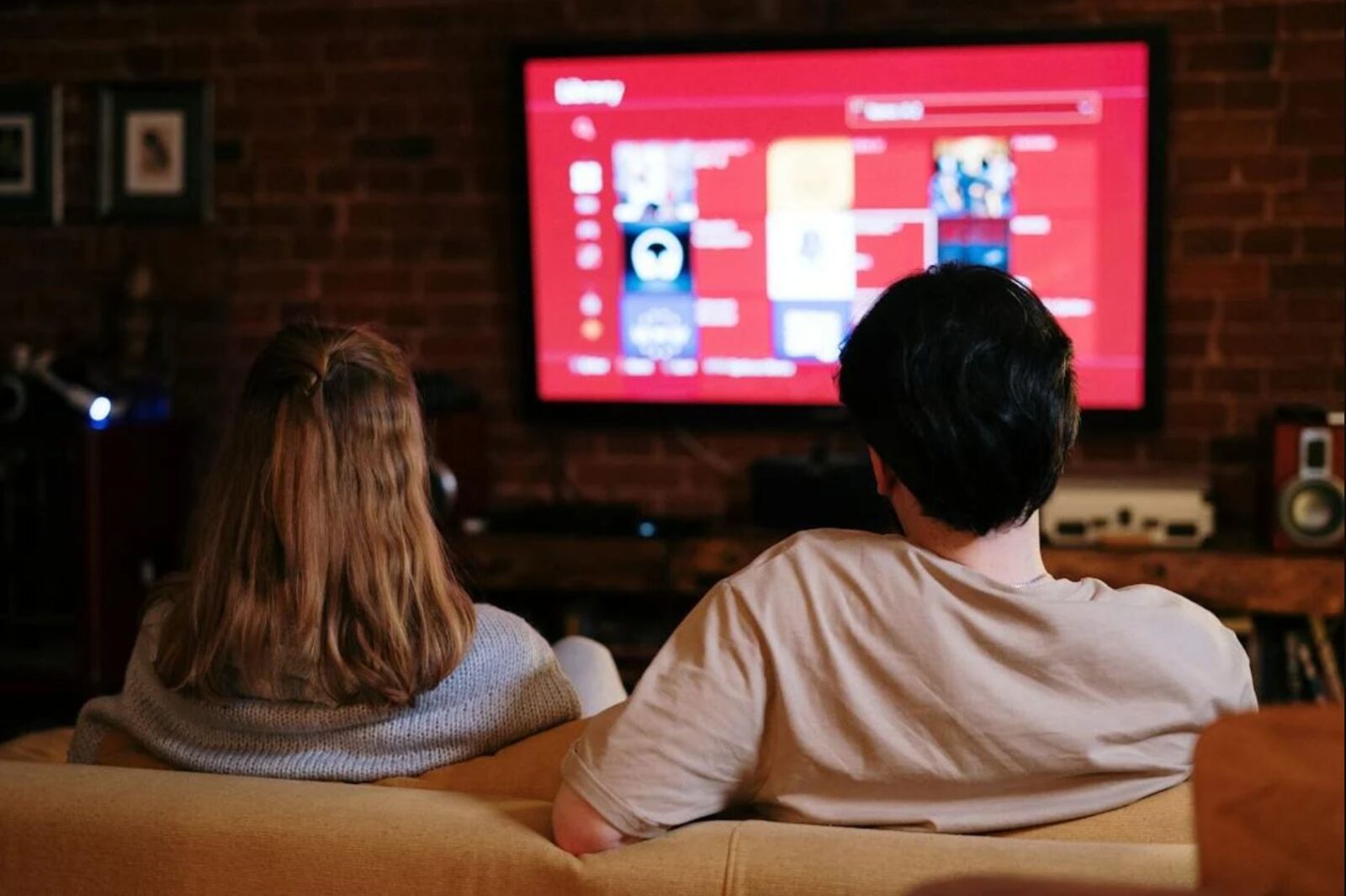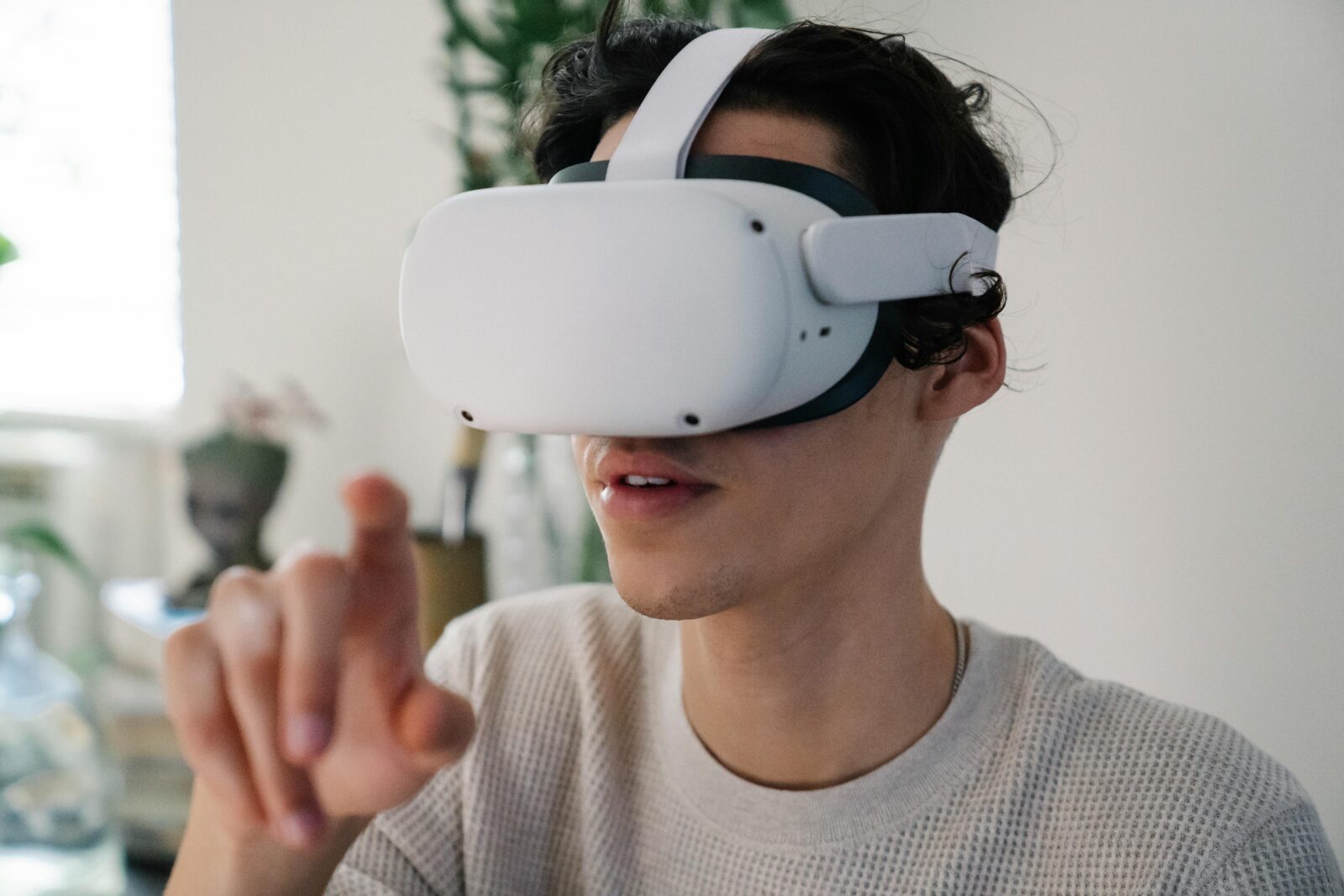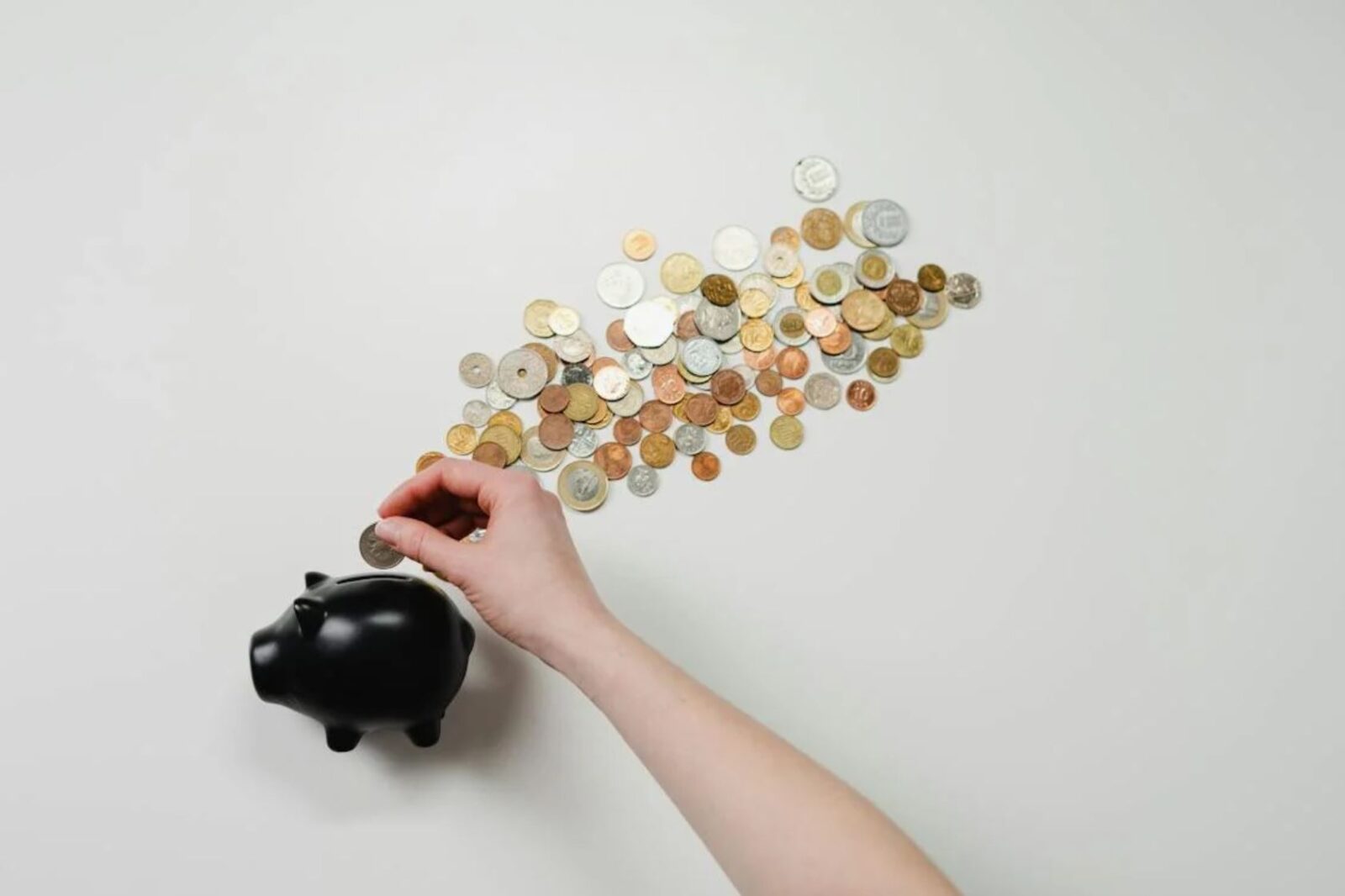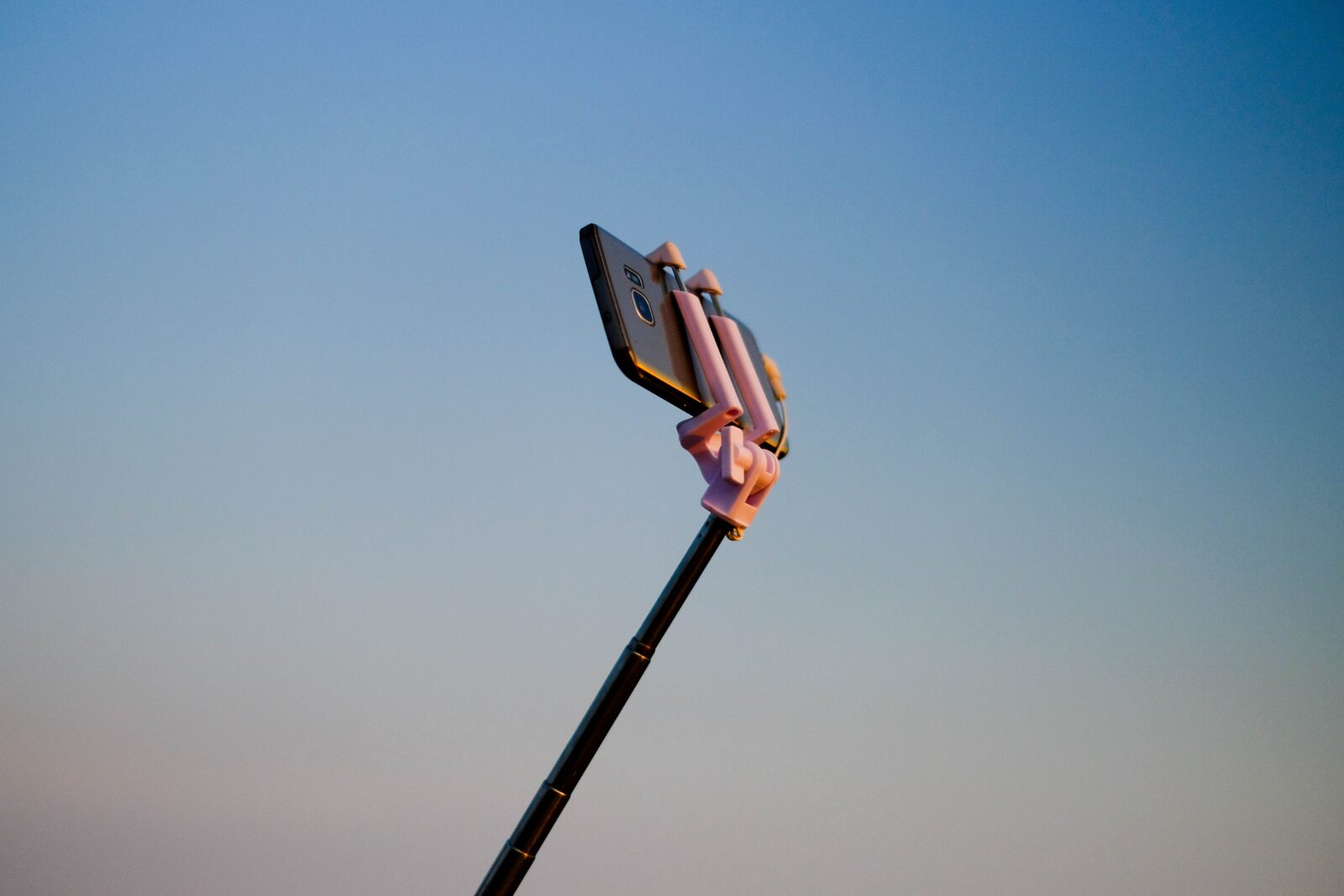Here’s the latest scoop on what’s happening in the digital world this month, straight from the Brands2Life Digital Marketing and Social Media team.
In today’s newsletter:
Meta’s taking steps to detect and label all AI-generated images across Instagram, Facebook and Threads. But that’s not all; the platform also wants to crack down on photorealistic content that could mislead people – what it’s calling ‘deceptive content’ – from other sites, too.
It already watermarks its own AI-generated images, letting users know loud and clear when content’s not human-made. But the latest piece of the puzzle? It plans to tackle deceptive content in general, by labelling AI-generated images created on other platforms like Google or Shutterstock.
Here’s our two cents…
While we’re here for total transparency around AI, we’re wondering if watermarks will actually help in fighting misinformation. Or will they become part of the digital furniture we scroll past every day, without actually processing? And will other platforms follow suit? Our AI Taskforce is watching keenly from the sidelines… We’ll report back soon!

Last month, Amazon Prime ruffled some feathers by launching ads for Prime subscribers. This means people who pay for Prime Video will now see ads, unless they opt in for a new, ad-free subscription (which costs extra). BUT it’s been a little cheeky here – ad-free subscribers will still see ads where Prime Video already includes them, e.g. when streaming sports content. So, it seems like there’s no escaping the ads, even if you pay to do exactly that.
What will the impact be?
Considering there are more than 200 million Prime subscribers all over the world, ads are expected to reach 159 million viewers each month. That’s a lot of views, which means a lot of cash – an estimated $400 million in revenue for 2024 and $1.3 billion in international revenue by 2027, to be precise.
This is firmly on our Paid team’s radar, as it could be a great opportunity for brands with top-notch video assets to connect with TV audiences. If you’re interested, let’s chat.

This month saw the birth of the Apple Vision Pro. Apple says it’s not a virtual reality device, so what is it? Well, it’s been coined a ‘spatial computing headset’ which, in a nutshell, lets you use your eyes, voice and hand gestures to interact with digital content.
What does it mean for brands?
It raises the question: will marketers need to optimise their content for these popular new ski masks *cough* we mean headsets? We think it’s opened a whole world of opportunity for immersive campaigns, designed to be consumed through these clever little goggles. It’s no secret attention spans are waning, so the Vision Pro could be the solution to elevating your content and grabbing your audience’s attention. And get this: 200k+ Vision Pros were sold in the first 10 days of preorders, and its 23-million-pixel display will have your assets looking their best. Who’s up for giving it a go?
Keen to keep reading about the Apple Vision Pro? Check this out.

Brands don’t need to be totally fluent in TikTok talk, but knowing some of the key lingo does make sense. The latest buzz words reigning in the financial advice space on social media? ‘Loud budgeting’, ‘doom spending’ and ‘money dysmorphia’. It kind of makes sense that Gen-Z has developed its own language around finances – it’s a generation which is no stranger to financial instability, after all.
What can we learn from this?
Evolving online language is something we see in almost every niche – not just financial advice. Which is why it’s important to always be watching these language shifts, as they can create great opportunities to speak the same language as your audience. Obviously, the key here is audience consideration – there’s no point talking about ‘doom spending’ (self-soothing with unnecessary buys), if your audience doesn’t know what it means, or worse – can’t relate.

A LOT came up when we sat down (virtually) for our influencer marketing webinar. With our chosen creator experts, we revealed how nailing your creator marketing strategy doesn’t need to be complicated.
A top tip? Prioritise long-term ongoing partnerships over one-off collaborations. They can be much more rewarding for both brands and creators. Brands should also focus on getting these key ingredients in the mix: authenticity, trust and speaking a common language.
And don’t forget the power of employee advocacy: your most authentic influencers could be your very own employees. Something we saw a lot of in 2023 and which will be sure to continue into 2024, is brands turning their execs into their creators.
Get the full inside scoop from talent agents, brands working with influencers, and creators themselves.

You can only use one social media platform for the rest of time. Which are you picking and why?
“Judging by my screentime alone I think I have to say TikTok. That app’s got me in a headlock! I get everything I need there, whether it’s news, sports, food inspo or just pure entertainment – it has it all!”
Lucas Powell, Account Manager
“This is so tricky! I’m drawn to say Instagram because this is where I naturally navigate when I’m looking to scroll. I feel like you get a bit of everything there; funny Reels, family updates, even educational content!”
Katie Aldridge, Senior Account Director
“It’s a tough one as I use them all for different things… but if I had to choose, I’d say LinkedIn. I always see something useful – it’s the only one I don’t feel guilty about when I spend too much time scrolling!”
Sophie Crossley, Head of Social Strategy